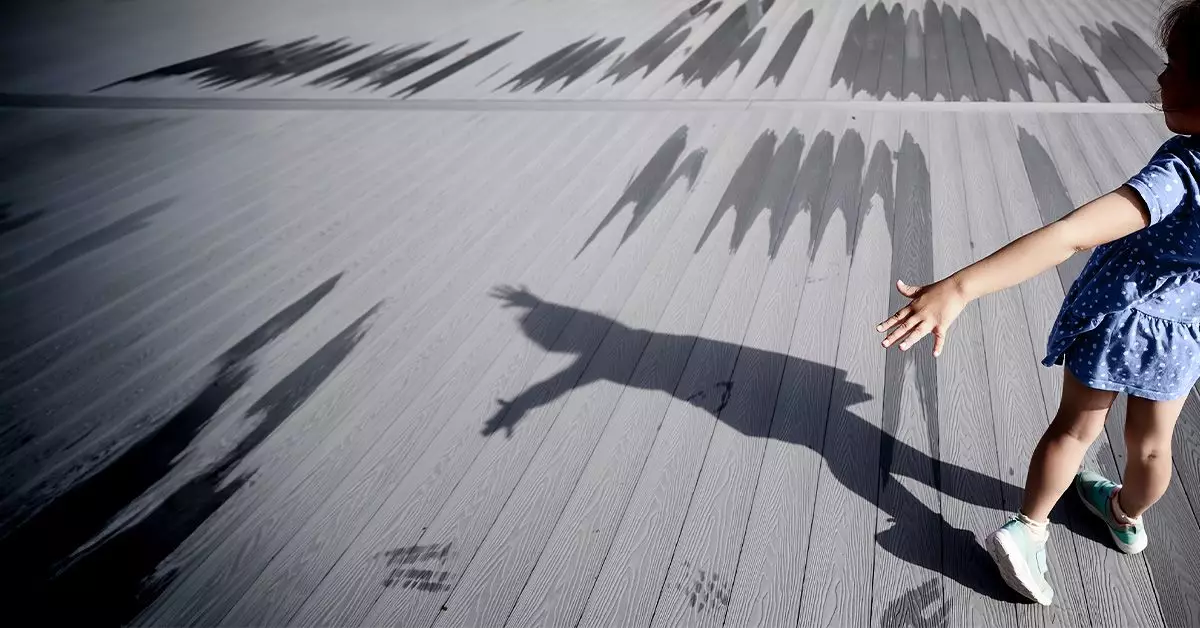Post-traumatic stress disorder (PTSD) is often associated with combat veterans, but its reach extends far beyond this demographic. It is essential to recognize that children can also be profoundly affected by traumatic events, leading to significant emotional and behavioral challenges. PTSD can manifest in various ways, including sleep disturbances, emotional volatility, and withdrawal from social interactions. Given that trauma can stem from a range of distressing experiences—be they witnessed or personally endured—the importance of awareness, diagnosis, and appropriate treatment cannot be overstated.
The Nature of Trauma and Its Impact
Trauma can arise from numerous circumstances, ranging from violence and natural disasters to the loss of a loved one or severe injury. For children, the risks are amplified because they may lack the coping mechanisms that adults employ to navigate intense emotional experiences. Events like school shootings, physical abuse, and serious accidents can trigger PTSD, as children might find themselves in direct danger or witness harm to others. Factors such as gender, the degree of familial support, proximity to the traumatic event, and the trauma’s severity can influence the likelihood of a child developing PTSD.
According to the Centers for Disease Control and Prevention (CDC), specific symptoms can indicate that a child may be dealing with PTSD, especially when they persist for over a month and disrupt a child’s daily functioning or relationships. Symptoms may include intrusive memories of the event, nightmares, heightened reactivity to stimuli, and emotional numbness. Importantly, not every child who experiences trauma will develop PTSD; rather, a complex interplay of individual and environmental factors will dictate the outcome.
Doctors perform thorough assessments to differentiate between PTSD and other potential diagnoses like ADHD, particularly as trauma can mimic or exacerbate existing behavioral conditions. By meticulously evaluating a child’s history and symptoms, healthcare providers can more accurately identify PTSD.
Assessment and Diagnosis
The diagnosis of PTSD in children typically involves clinical interviews and standardized assessment tools, such as the Clinically Administered PTSD Scale for Children (CAPS-CA-5). Clinicians inquire about the duration and nature of the child’s symptoms, their functional impact, and whether the symptoms are directly correlated with a traumatic incident. Notably, a clear understanding of the child’s background and the trauma’s specifics are crucial in making an accurate diagnosis.
When it comes to treating PTSD in children, psychotherapy stands out as the primary modality. Therapeutic techniques aim to help children process their traumatic experiences, develop coping strategies, and regain a sense of safety. Effective therapy may include Cognitive Behavioral Therapy (CBT), which focuses on modifying distressing thoughts and behaviors, as well as play therapy, which allows younger children to express their feelings through play.
While medication can play a role in managing symptoms, particularly in severe cases or when accompanying conditions are present, it is generally not as effective for children as for adults. Providers may prescribe medications to alleviate significant symptoms or stabilize emotional responses, enabling children to engage more fully in therapy.
Parents and caregivers can make a remarkable difference in their child’s recovery journey. Creating a stable environment where a child feels safe is paramount. This can be achieved by maintaining consistent routines, teaching relaxation techniques such as breathing exercises, and being available for open discussions about the child’s feelings and experiences. Encouragement and reassurance, combined with support from family and educational staff, can aid in a child’s resilience.
It is critical for those caring for a child with PTSD to monitor for triggers. These could include reminders of the traumatic event, as well as broader stressors in the child’s environment. Helping children to identify and manage these triggers can be a vital part of recovery.
Early recognition of PTSD symptoms is essential in facilitating timely and appropriate intervention. If a child’s emotional and behavioral issues persist or worsen, seeking professional assistance is advisable to determine the best course of action. Addressing PTSD involves not only clinical intervention but also a nurturing environment grounded in support and understanding. With the right strategies, the journey through PTSD can lead to healing and growth, paving the way for a brighter future for affected children.

